 3 minutes
3 minutes
End-of-Life Technology: How to Drive Innovation Without Compromising Stability
When legacy systems approach end-of-life (EOL), enterprise IT teams typically face the choice of moving forward at all costs […]
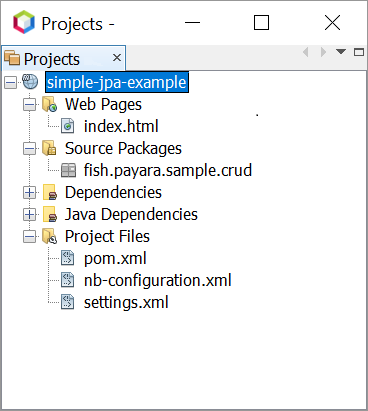
In the previous guide, we’ve seen how we can configure the Payara Platform to connect to a database and use the datasource from an application. This guide walks you through the process of building an application to store and retrieve data from the database.
As a first step, we will create a simple maven web application in the Apache NetBeans IDE :
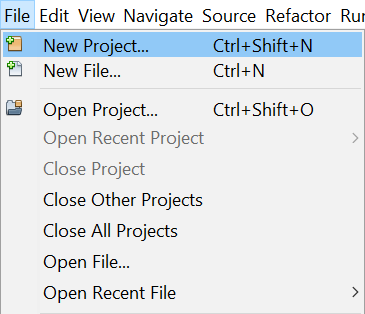
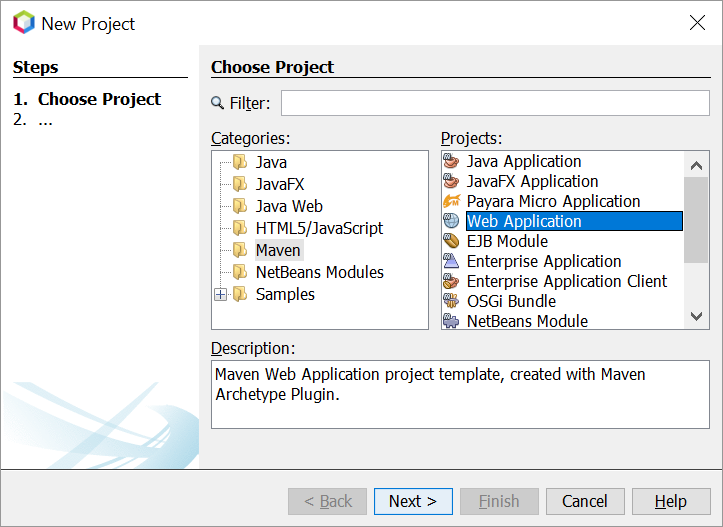
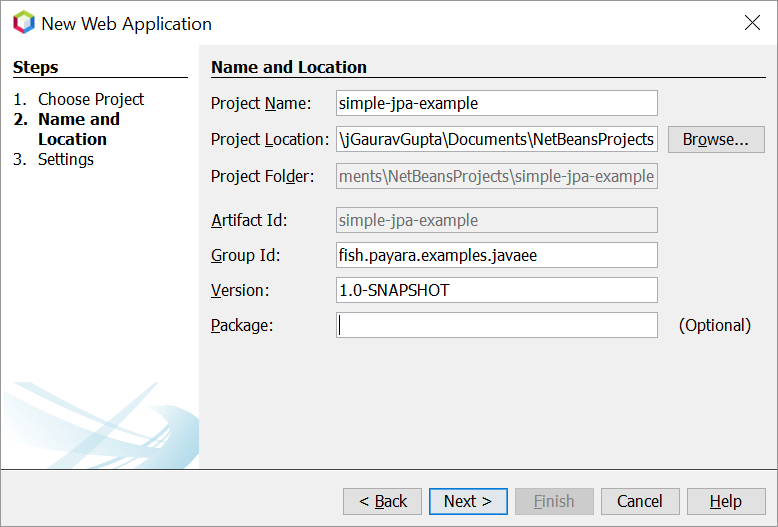
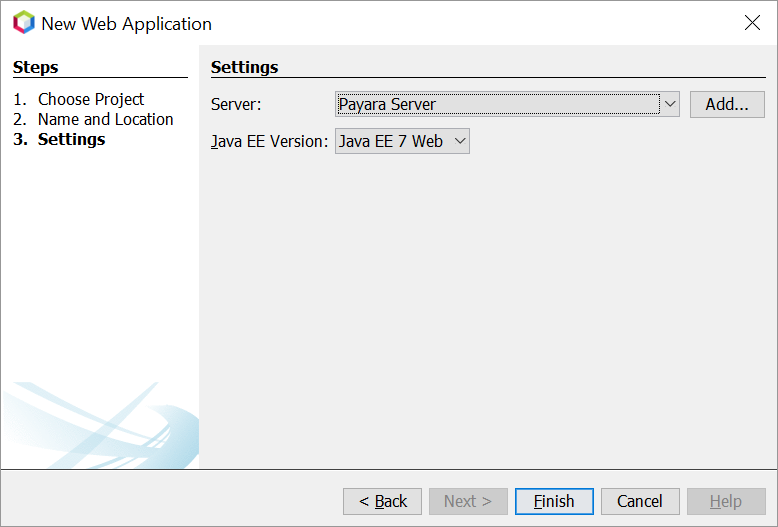

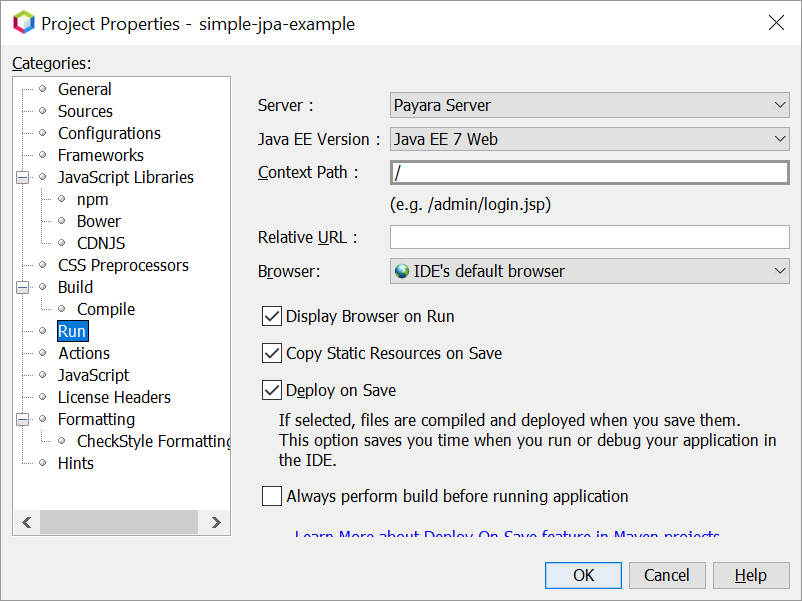
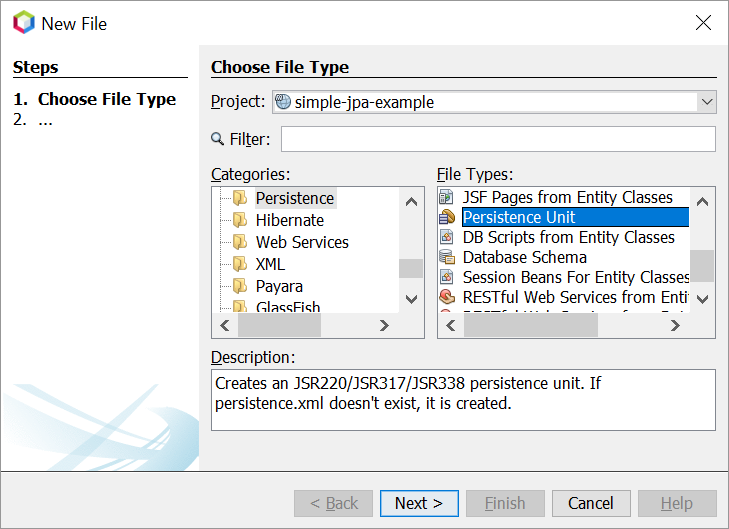
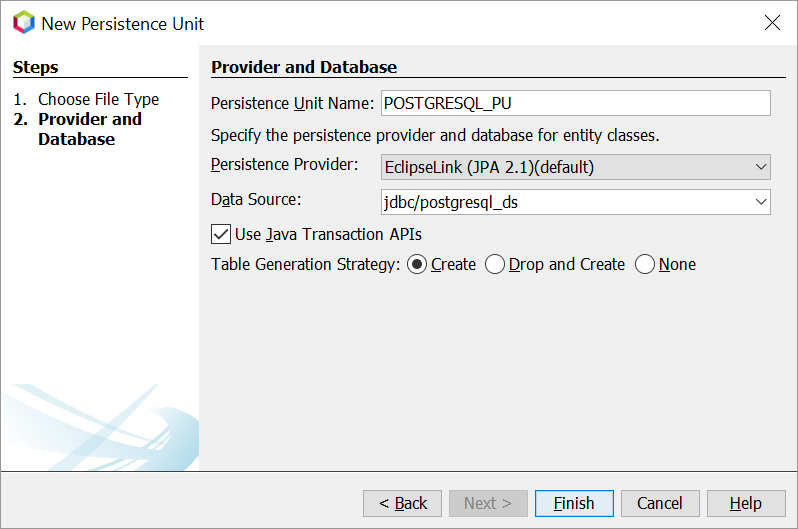
Note : If data-source not defined in persistence.xml then a default data source with JNDI name java:comp/DefaultDataSource will wired to JDBC resource that’s default provided by the container.
The next thing we’re going to do is create a Person entity with a primary key.
// the package and imports omitted for brevity @Entity public class Person { @Id @GeneratedValue private Long id; private String name; private String address; // the typical getters and setters omitted for brevity }
Note: If you’re missing the imports, press Alt+Shift+I, NetBeans will add the imports and for the getter/setter methods, press Alt+Insert → select Getter and Setter to generate. Other IDEs offer a similar shortcut.
Here you have a Person class with three attributes : id, name, and the address. The Person class is annotated with @Entity, indicating that it is a JPA entity. As @Table annotation is not defined at class-level, Persistence provider assumes that this entity will be mapped to a table named Person. @Table annotation is required if database table name is different from the class name.
The id attribute is annotated with @Id so that persistence provider will recognise it as primary key column. The id attribute is also annotated with @GeneratedValue to indicate that it should be automatically generated by the database. The other two attributes, name and address are left unannotated with @Column. So persistence provider assumes that attributes will be mapped to columns that share the same name as the attributes themselves.
We’ll now create a repository class that talks to the database and access the Person’s data.
@ApplicationScoped public class PersonRepository { @PersistenceContext(unitName = "POSTGRESQL_PU") private EntityManager em; @Transactional(REQUIRED) public void create(Person person) { em.persist(person); } public List<Person> findAll() { return em.createQuery("SELECT p FROM Person p", Person.class) .getResultList(); } public Person find(Long id) { return em.find(Person.class, id); } }
To create a rest endpoint, we first need to configure the application using the default implementations of javax.ws.rs.core.Application subclass.
@ApplicationPath("") public class ApplicationConfig extends Application { }
Let’s define the REST APIs and expose the endpoints. We’ll begin by creating a new class named PersonController :
@Path("/api/person") @ApplicationScoped public class PersonController { @Inject private PersonRepository personRepository; @POST public Response createPerson(Person person) { personRepository.create(person); return Response.ok(person).build(); } @GET public List<Person> getAllPeople() { List<Person> people = personRepository.findAll(); return people; } @GET @Path("/{id}") public Response getPerson(@PathParam("id") Long id) { LOG.log(Level.FINE, "REST request to get Person : {0}", id); Person person = personRepository.find(id); if (person == null) { return Response.status(Response.Status.NOT_FOUND).build(); } else { return Response.ok(person).build(); } } }
The @Path annotation defines that this class will handle calls made to the URL ‘/api/person’.
We’ve successfully created all of the APIs. Let’s now deploy the application and test the APIs. Just right click on the project and select deploy option :
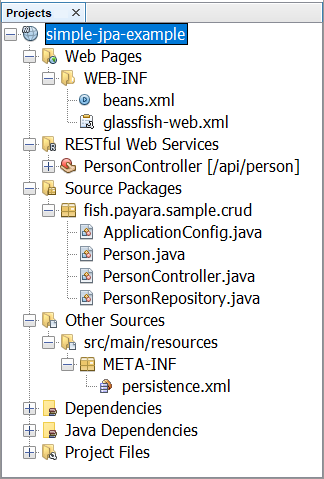
The application will start at Payara’s default port 8080.
Now, It’s time to test our APIs and REST endpoints using curl commands or postman.
curl -X POST http://localhost:8080/api/person –header “Content-Type: application/json” -d “{“name”:”Gaurav Gupta”, “address”:”Lucknow, India”}”

curl -X GET http://localhost:8080/api/person
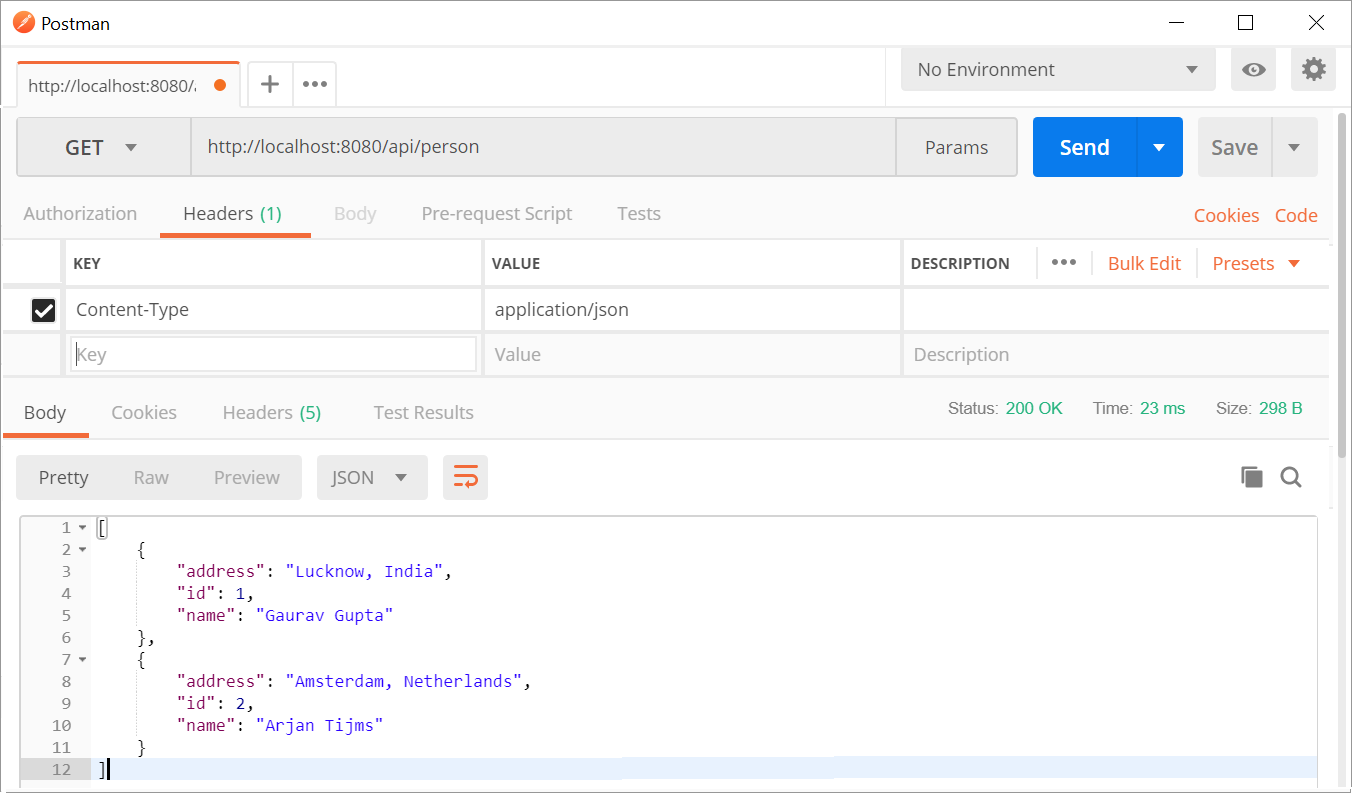
curl -X GET http://localhost:8080/api/person/2
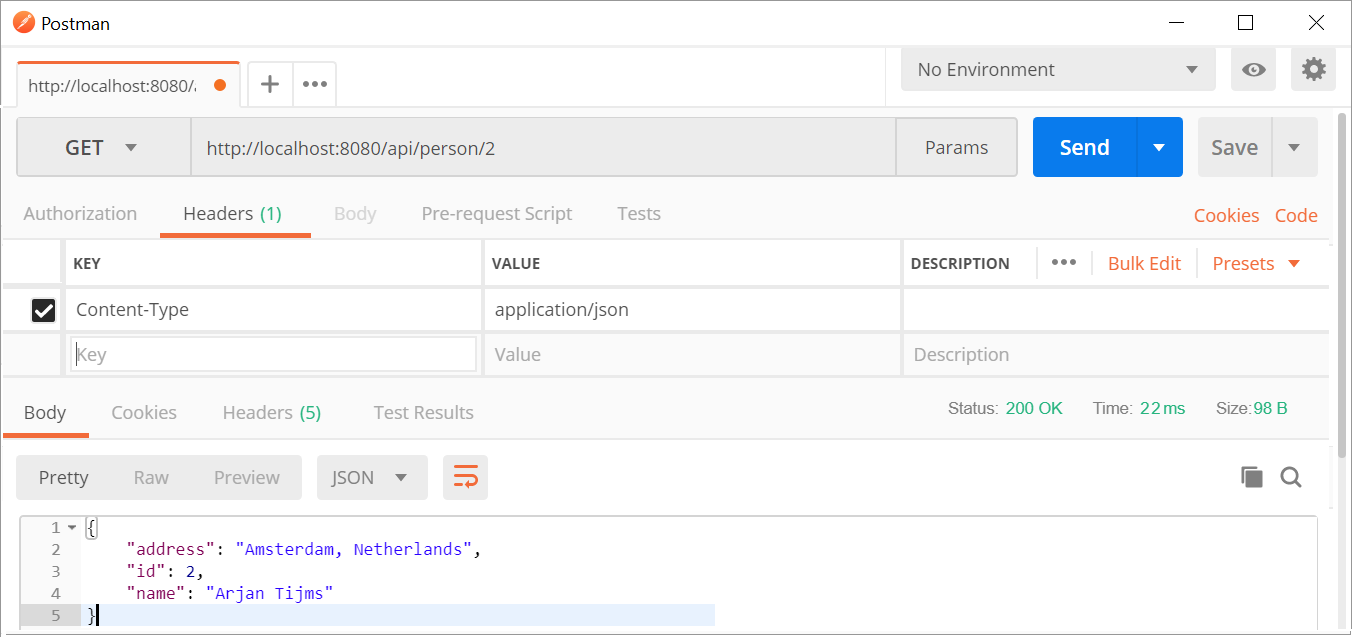
The application that we created in this guide had only one domain model. Of course, you may extend it by adding more domain model and defining the relationship using JPA annotations.
You can find the source code of the example used in this guide on the github repository. Feel free to clone the repository and build upon it.
Happy learning ! Let me know if you have any questions in the comment section.
Share:
 3 minutes
3 minutes
When legacy systems approach end-of-life (EOL), enterprise IT teams typically face the choice of moving forward at all costs […]
 3 minutes
3 minutes
Working with enterprise Java databases can sometimes feel like swimming upstream. Jakarta EE 11’s Jakarta Data helps developers glide […]
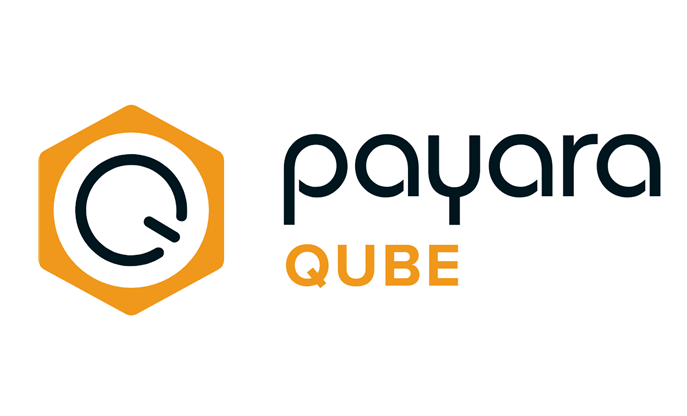 5 minutes
5 minutes
Payara Cloud is becoming part of Payara Qube family of Java application deployment runtimes. This move reflects how the […]
Two complaints:
1. Cannot find the proceeding blog article anywhere
2. Currently the persistence unit creation does not work (not JTA or connection pools) in NB 11.1
Hi Stephen,
Thank you very much for the feedback! Highly appreciated.
> Cannot find the proceeding blog article anywhere
Updated the link.
> Currently the persistence unit creation does not work (not JTA or connection pools) in NB 11.1
We are looking forward to fixing it ASAP although this issue is not caused by Payara tools and specifically related to both Maven/Gradle (not Ant) projects.